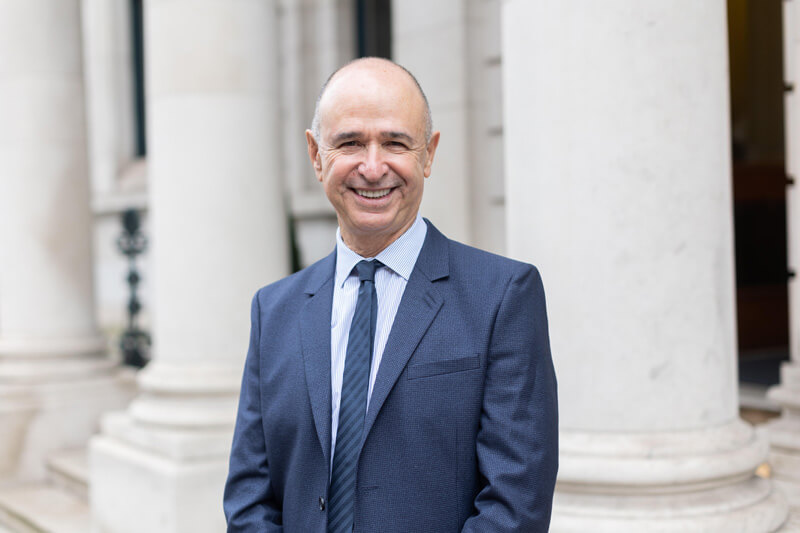
As we approach the end of winter, we can start to feel a little relieved that the health service did not experience another pandemic wave and life can seem to be more normal than we thought it would be. Most of those in the health service will report that it has been very tough, but if compared to the peak of the pandemic, it has been better than it could have been, writes Dr. Peter Lachman.
As we go about our daily business, life seems to be normal. People have stopped the precautions that were so needed, such as physical distancing and the wearing of masks. Hand hygiene probably is back to normal, i.e. people are not as fastidious and hospital acquired infections are probably going to go up.
COVID has provided many lessons and one is that is clear that patient safety remains a challenge to us all, especially with the demands on the service. How can we think of being safe when we have long waiting times, oversubscribed facilities and a workforce that is overstretched?
Every year there is a global summit of health ministers to discuss safety. The 5th Global Ministerial Summit of Health Ministers , which was delayed by COVID, was held in Montreux this month to discuss patient safety. Experts from around the world discussed patient safety and hope to influence health ministers to implement safety as part of their strategic priorities for healthcare. But will this be no more than another talking shop, with no relationship to the reality on the ground i.e. too much demand for overstretched resources in systems that have not been designed to be safe? There is a clear disconnect between the academic theory discussed, the policy makers who will decide what to do, and the frontline healthcare workers who actually deliver the service.
A recent paper in the New England Journal of Medicine, used the same methodology as in the landmark 1991 Harvard Medical Practice study, supplemented by a trigger tool and a wider definition of adverse events. They implemented a retrospective cohort study reviewing a random sample of admissions to 11 hospitals in Massachusetts in 2018. They studied 2809 admissions. Despite nearly 20 years of patient safety initiatives spurred on by the To Err is Human report, Bates and colleagues reported that “at least one adverse event was identified in 23.6% of the admissions, and 9.0% of the admissions included an adverse event that was rated as serious (i.e., caused harm that resulted in substantial intervention or prolonged recovery), life-threatening, or fatal. Overall, 22.7% of the adverse events were judged to be preventable.” In a commentary on the findings, Don Berwick suggests that we need to have a common vision for the defined goal of patient safety. He calls on leaders, i.e. clinical frontline leaders, the executive leadership teams, the Boards, and the policy makers, to make patient safety a priority in all decision making. But this is not easy, given the pressures that we face.
There is much to learn from the pandemic and there are several publications available that can help us as we plan our next moves. The OECD recently published a paper for the summit on Advancing patient safety governance in the COVID-19 response. Leaders and those in management should read the report to understand how we can meet the challenge make patient safety a priority. COVID has confronted the system and demonstrated that, despite all the advances, patient safety is still not a given in the current system of care. Much has to be done as we go forward and we need to think differently if we are to be safe.
Key elements of thinking differently include moving from the fixation on harm events and to studying what works as well as focussing on near misses. The exploration of success will , develop resilience and agility in the workforce and enhance a culture of safety. This can be achieved through coproducing solutions with the people delivering care, rather than dictating how care should be safe. System wide learning is essential. There are many new initiatives at the HSE that can assist, including the new Patient Safety Together learning platform.
Over the course of the year my blogs will cover different elements of how we can be safe and make healthcare better for all.

